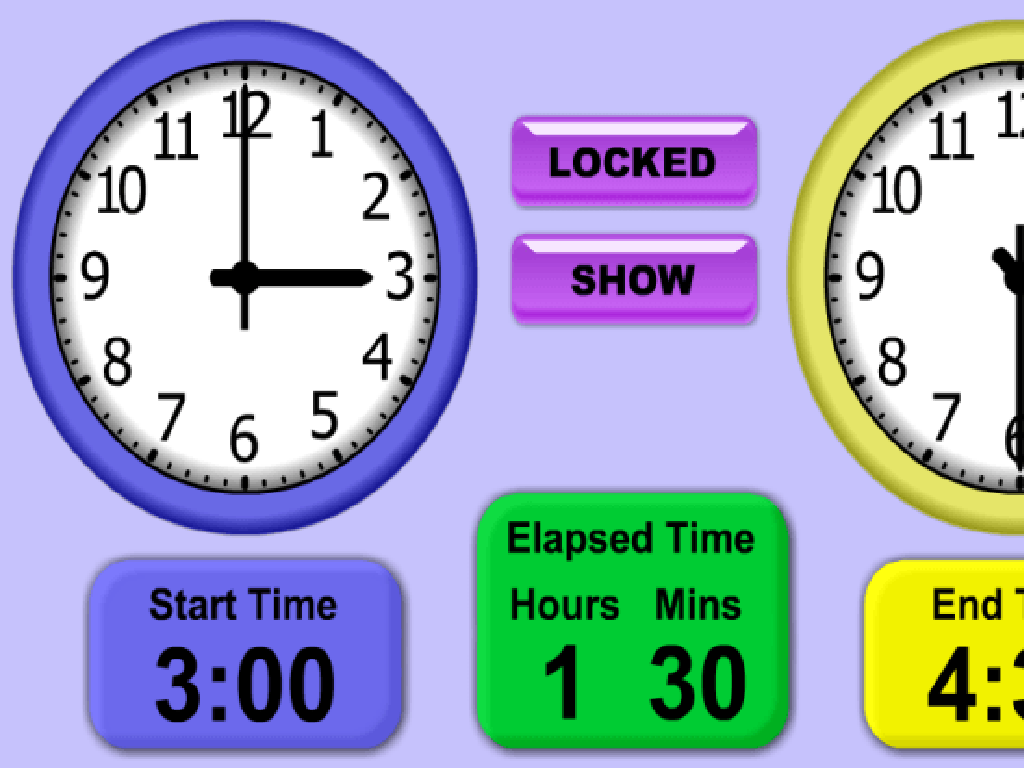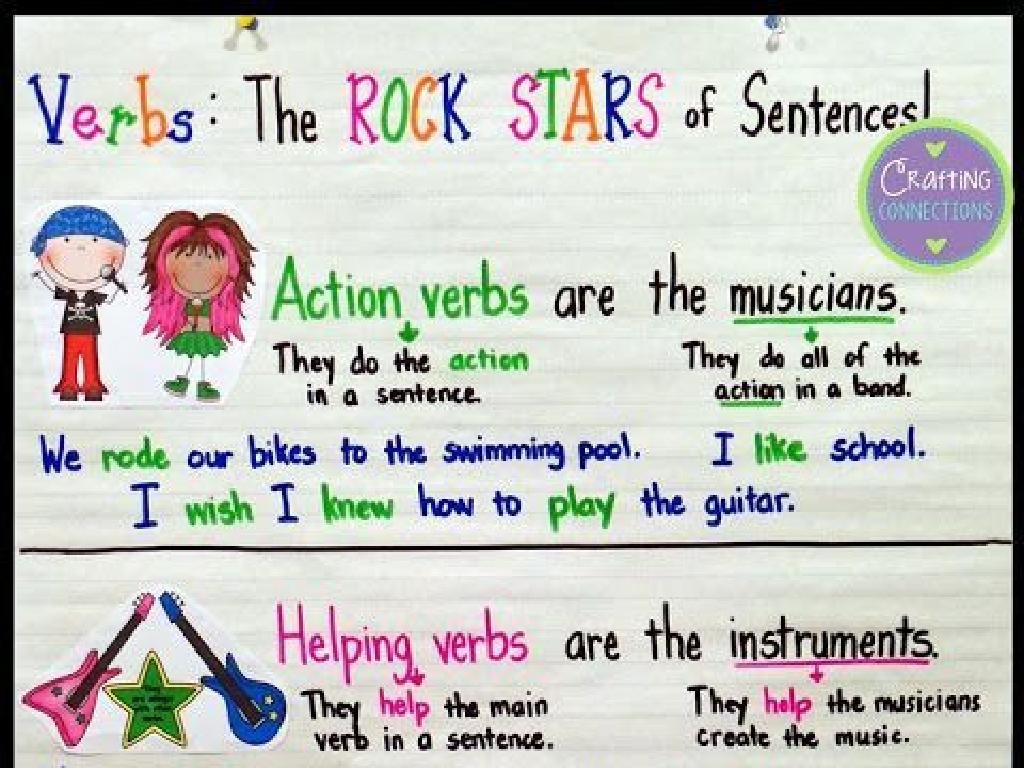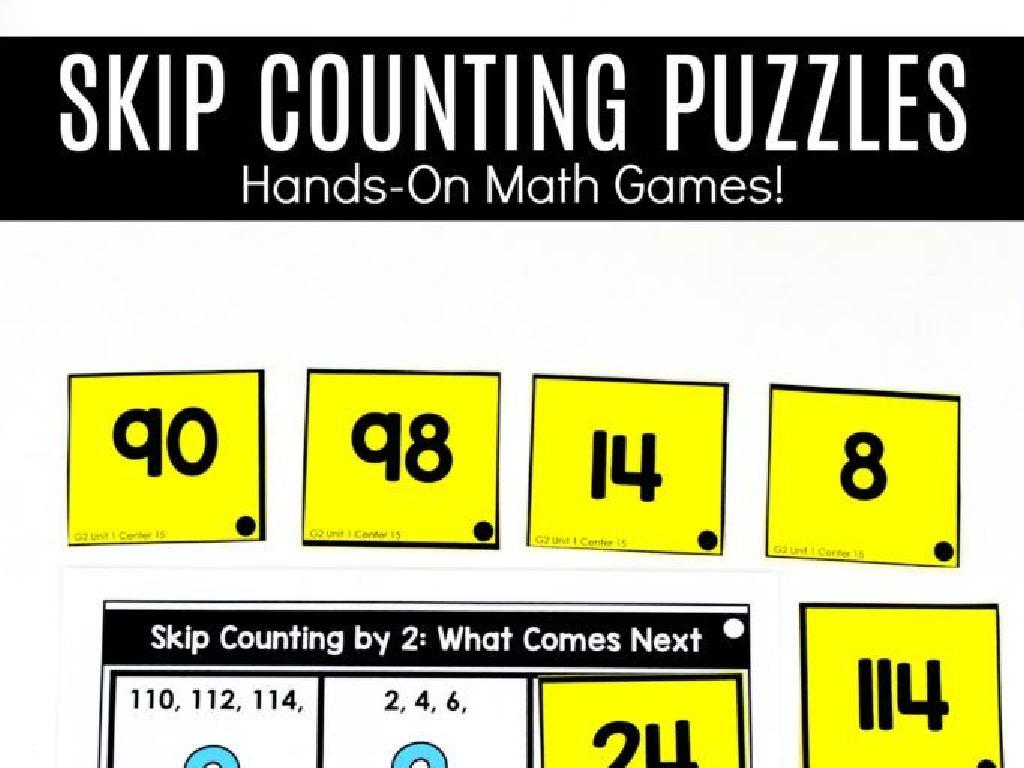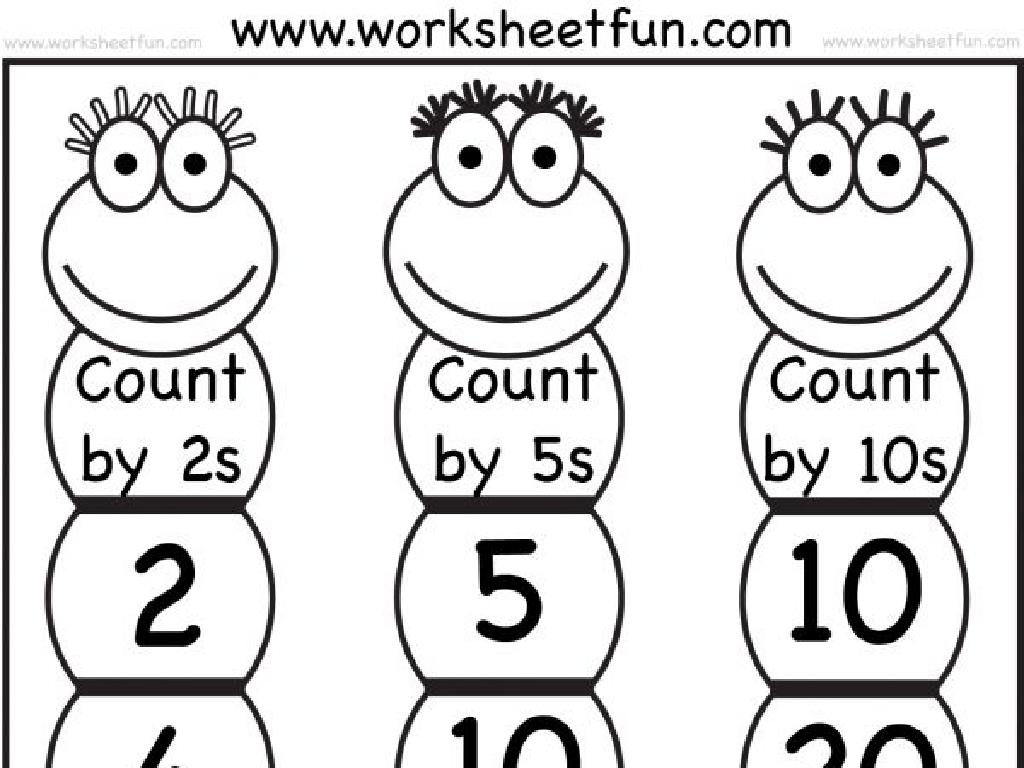Federal Government
Subject: Social studies
Grade: Fifth grade
Topic: Government
Please LOG IN to download the presentation. Access is available to registered users only.
View More Content
Exploring the Federal Government
– What is government?
– A system that creates and enforces laws
– Purpose of Federal Government
– To unite states under one system for national issues
– Federal vs. State Government
– Federal handles national matters, states handle local
– Responsibilities of Federal Government
– Includes defense, currency, and foreign affairs
|
Begin the class by defining government as the organization that makes and enforces rules for a community or society. Discuss the need for a federal government, emphasizing its role in uniting individual states to address larger issues that affect the entire nation, such as national defense, currency, and relations with other countries. Compare the federal government’s responsibilities with those of state governments to highlight the division of powers. This will help students understand the structure and purpose of our government system. Encourage questions to ensure students grasp the concepts of federalism and the importance of having a central authority that collaborates with state governments for the country’s well-being.
Branches of the Federal Government
– Three branches of government
– Legislative: makes laws
– Congress (House of Reps & Senate)
– Executive: enforces laws
– Led by the President
– Judicial: interprets laws
– Supreme Court decides if laws follow the Constitution
|
This slide introduces the concept of the separation of powers within the Federal Government, designed to ensure a balance of power and prevent any one branch from becoming too powerful. The Legislative Branch, consisting of the House of Representatives and the Senate, is responsible for creating laws. The Executive Branch, headed by the President, has the duty to enforce these laws. Lastly, the Judicial Branch, led by the Supreme Court, has the authority to interpret laws and determine their constitutionality. Encourage students to think of examples of each branch’s role and discuss how they work together to govern the country.
The Legislative Branch of the U.S. Government
– Congress: House & Senate
– Congress is divided into two parts: the House of Representatives and the Senate.
– Elected by the people
– Representatives and Senators are chosen through elections by citizens.
– Main job: Lawmaking
– They draft, debate, and pass laws that affect daily life.
– Importance of laws
|
This slide introduces the Legislative Branch, one of the three branches of the U.S. Federal Government. It explains that Congress is bicameral, consisting of the House of Representatives and the Senate. Emphasize the democratic process by which members are elected and their primary responsibility for creating laws. Discuss the importance of laws in organizing society and protecting the rights of citizens. Encourage students to think about how laws impact their lives and the role of Congress in representing their interests. Provide examples of significant laws passed by Congress to illustrate the real-world impact of this branch of government.
The Executive Branch of the U.S. Government
– Led by the U.S. President
– The President is the leader and face of the nation.
– President’s election cycle
– Every four years, citizens vote for a new President.
– Enforces federal laws
– The President makes sure that the laws of the land are followed.
– Role in government
|
This slide introduces the Executive Branch, one of the three branches of the U.S. Federal Government, headed by the President. The President’s primary responsibility is to enforce and implement federal laws, making sure they are followed throughout the country. The President is elected by the citizens every four years and can serve a maximum of two terms. The role of the President includes being the Commander-in-Chief of the armed forces, signing bills into laws, and representing the nation in foreign affairs. It’s important for students to understand the significance of the President’s role and how it impacts the functioning of the government and society.
The Judicial Branch of the U.S. Government
– The Supreme Court’s role
– It’s the highest court in the U.S. and makes important decisions.
– How Justices are appointed
– The President chooses Justices, who must then be approved by the Senate.
– Interpreting the Constitution
– They decide what the Constitution means in different situations.
– Balancing government power
– They make sure no branch of government becomes too powerful.
|
This slide introduces the Judicial Branch, focusing on the Supreme Court’s role in the U.S. federal government. The Supreme Court is the highest court and has the final say in interpreting the laws and the Constitution. Justices, the judges on the Supreme Court, are appointed by the President and serve for life, but they must be confirmed by the Senate. This process is designed to ensure that Justices are fair and qualified. The main job of the Supreme Court is to interpret the Constitution, which involves explaining its meaning and applying it to specific legal cases. They also have the power to limit the actions of the other branches of government, ensuring a balance of power. Encourage students to think of the Supreme Court as the ‘referee’ of the government, making sure everyone plays by the rules.
Checks and Balances in the Federal Government
– Each branch limits others
– The legislative branch can veto bills from the executive branch.
– Prevents power concentration
– This system ensures no single branch can dominate the government.
– Examples of checks and balances
– For instance, the President can veto laws, but Congress can override it.
|
The concept of checks and balances is a cornerstone of the American federal government, designed to ensure that no single branch (executive, legislative, or judicial) can have unchecked power. This slide will explain how each branch has the ability to limit the powers of the others, providing students with concrete examples such as the President’s veto power and Congress’s ability to override vetoes. It’s crucial to provide relatable examples to help students understand how these checks and balances work in practice, such as the Supreme Court’s ability to declare laws unconstitutional. Encourage students to think of this system as a fair play in a game where each player has a role that keeps the game balanced.
The Bill of Rights
– First ten amendments
– The initial changes to the Constitution
– Guarantees individual rights
– They protect our personal freedoms
– Examples of rights
– Freedom of speech, right to bear arms
– Significance to citizens
– They ensure our liberties are upheld
|
The Bill of Rights is a crucial element of American democracy, comprising the first ten amendments to the U.S. Constitution. These amendments were established to protect the rights and freedoms of individuals from government interference. Examples include the freedom of speech, which allows citizens to express themselves without fear of government censorship, and the right to bear arms, which permits individuals to own firearms. Additionally, these amendments safeguard citizens against unreasonable searches and seizures, ensuring privacy and security. It’s important for students to understand that these rights are fundamental to their daily lives and the functioning of a fair and just society.
How a Bill Becomes a Law
– Every law starts with an idea
– Introduction of a bill in Congress
– A bill can start in the House or Senate
– The journey of a bill to become law
– Committee review, debates, and votes are key steps
– The President’s role in the process
– The President can sign, veto, or let it become law without signing
|
This slide introduces the legislative process in the U.S. federal government. Begin with the concept that any law starts as an idea, which can come from anyone, even students! Explain that a bill is a written version of the idea and can be introduced in either the House of Representatives or the Senate. Detail the steps a bill goes through, including committee review, debates, amendments, and votes in both chambers. Finally, discuss the President’s options once a bill reaches their desk. Use examples like a bill for a new playground to make it relatable. Encourage students to think of ideas they believe should become laws.
Your Role in the Federal Government
– Kids are part of our government!
– Stay informed about issues
– Learn about laws and how government works
– Discuss issues and future voting
– Share your opinions and listen to others
– Get involved in your community
– Volunteering helps people and makes your voice heard
|
This slide aims to empower fifth-grade students by highlighting their significance in the federal government system, even at a young age. It’s crucial to instill the idea that staying informed about current events and understanding how the government operates are key ways they can participate. Encourage them to discuss issues that matter to them and to understand the importance of voting once they are of age. Emphasize community involvement through volunteering as a practical way for them to contribute and make a difference. This will not only help them feel more connected to their community but also prepare them to be active, informed citizens in the future.
Class Activity: Create Your Own Federal Government
– Form groups to build a government
– Assign roles for government branches
– Who will be the President? Who makes the laws?
– Design your government model
– Draw or write about your government structure
– Plan a class presentation
|
This activity is designed to help students understand the structure and roles of the federal government by creating their own model. Divide the class into small groups and provide them with guidelines on the three branches of government: legislative, executive, and judicial. Each group should choose members to represent different roles within these branches. Encourage creativity in how they design their government’s operation and responsibilities. After the groups have completed their models, they will present to the class, explaining the roles and functions of each branch in their government. Possible variations of the activity could include creating a poster, writing a description, or even a skit to demonstrate their understanding of the federal government.






